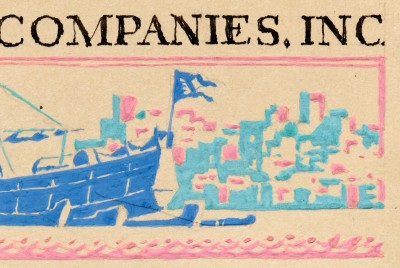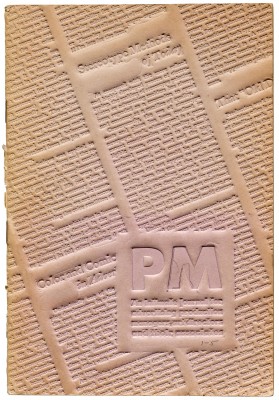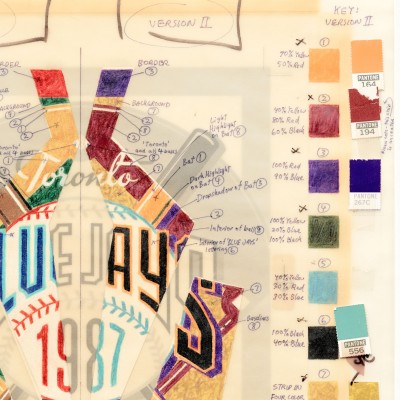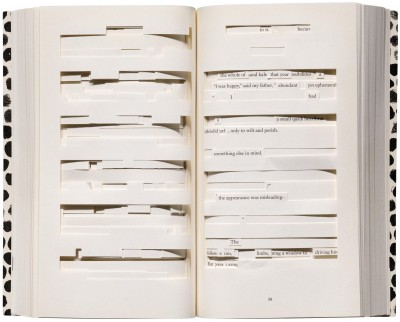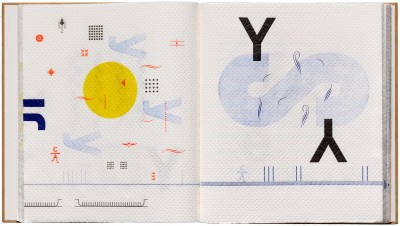News
From Paper to Screen: The Digital Capture of Lettering, Typography, Printmaking, and Graphic Design
The Archive’s digitization librarian offers a glimpse at how we digitally capture the artistry and craft of our physical collection.
High-fidelity digitization is an important part of our mission. While there is no substitute for holding a rare book or designer’s sketch in your own hands, we want to offer the Letterform Archive experience to those who can’t visit in person. This goal has never been more vital than right now, in the midst of a pandemic, but it was always central to what we do. Digital images preserve the collection for posterity, and make it shareable worldwide through Archive publications, social media, and the Online Archive.
We developed our photography standards in consultation with E.M. Ginger of 42-Line, a leader in the digital imaging of rare books and artwork. With raking light, sensitive staging, premium camera equipment, and very high-resolution files, we can produce imagery that is as lifelike as possible. Our goal is to capture the smallest details of a book or print or poster: the texture of the paper, the inky brushstroke, the impression of type in the surface. Each item is documented in its essential form — not as a flat image, but as an object with a story.
Photos not Scans
Our method for digitization is both an art and a science, and needless to say, we don’t use robots or an automated scanning technology. Every type of artifact — from a tightly bound 15th-century book of hours to a homemade binding of a Bauhaus pamphlet — requires different standards for set-up. Books are particularly demanding, with their myriad sizes, shapes, and conditions. With materials this rare and old, practically every item is unique, having been in circulation and handled for sometimes hundreds of years.
Regardless of the format or material, we never scan objects for digital preservation. Instead, we use a high resolution camera on a stand. A camera can capture much more detail, as well as the relief image of letterpress or engraved printing. We typically light books and other bound materials from the top (as one would be looking at it) and angle the light almost parallel to the surface of the object, which captures the detail and texture of paper and ink. Raking light is widely used in the art world to emphasize painting strokes and paint texture, as well as to assess the condition of an artwork by a conservator. When done properly it gives the object a much more complex, three-dimensional feel.
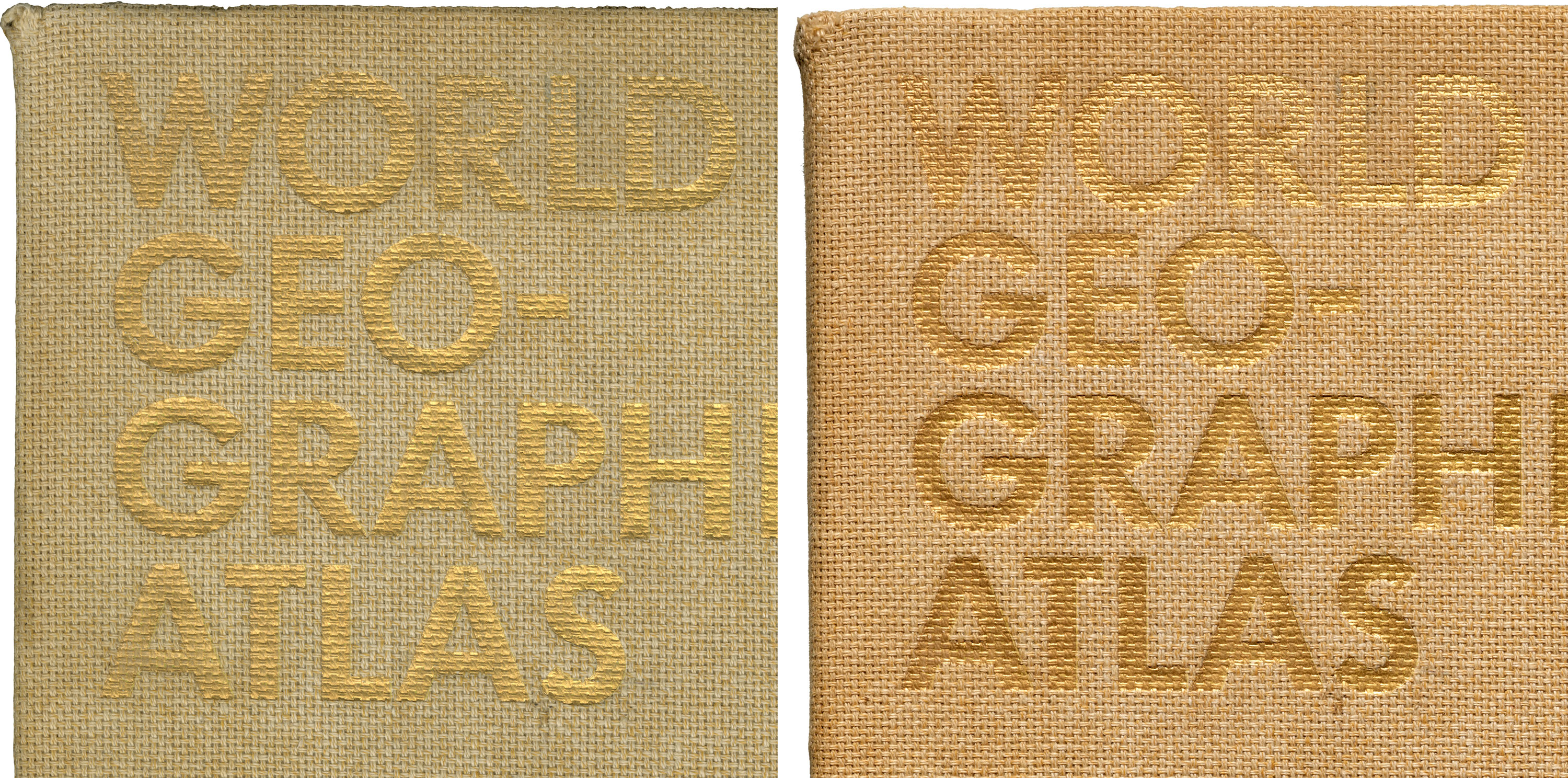
Handling and Staging
The copystand is standard, with the exception of its height, which is customized to accommodate open spreads of large folio volumes. Books and all the other kinds of materials are set up directly below the mounted camera on the heavy glass surface of a custom-built light table. The backlight provides a pure white background for simple masking of the object during image processing. When not lit, the glass surface offers a neutral gray background.
Some books have tight spines, so the pages won’t lay flat; in these cases we set the book up, open it to the middle, and stack foam blocks or props that are a tiny bit higher than the open book about six inches away around its perimeter. We set Plexiglas on the props, which gently holds the four top edges of the book, keeping the spine undamaged during the 1/10-second shot on that spread. In the event that an object is shiny and creates a glare, we reposition lights, angle the objects differently, try an unusual background, tip the item at an angle, or reposition the lights.
These are just a few of the things we might encounter in a day. Because of the unique challenges posed by different objects, and because of the rare and fragile nature of the materials, we use humans, rather than robots to digitize the collection. This job requires a discerning eye, both for the preservation of the object and for image quality, which just isn’t available with an automated process.
Image Formats
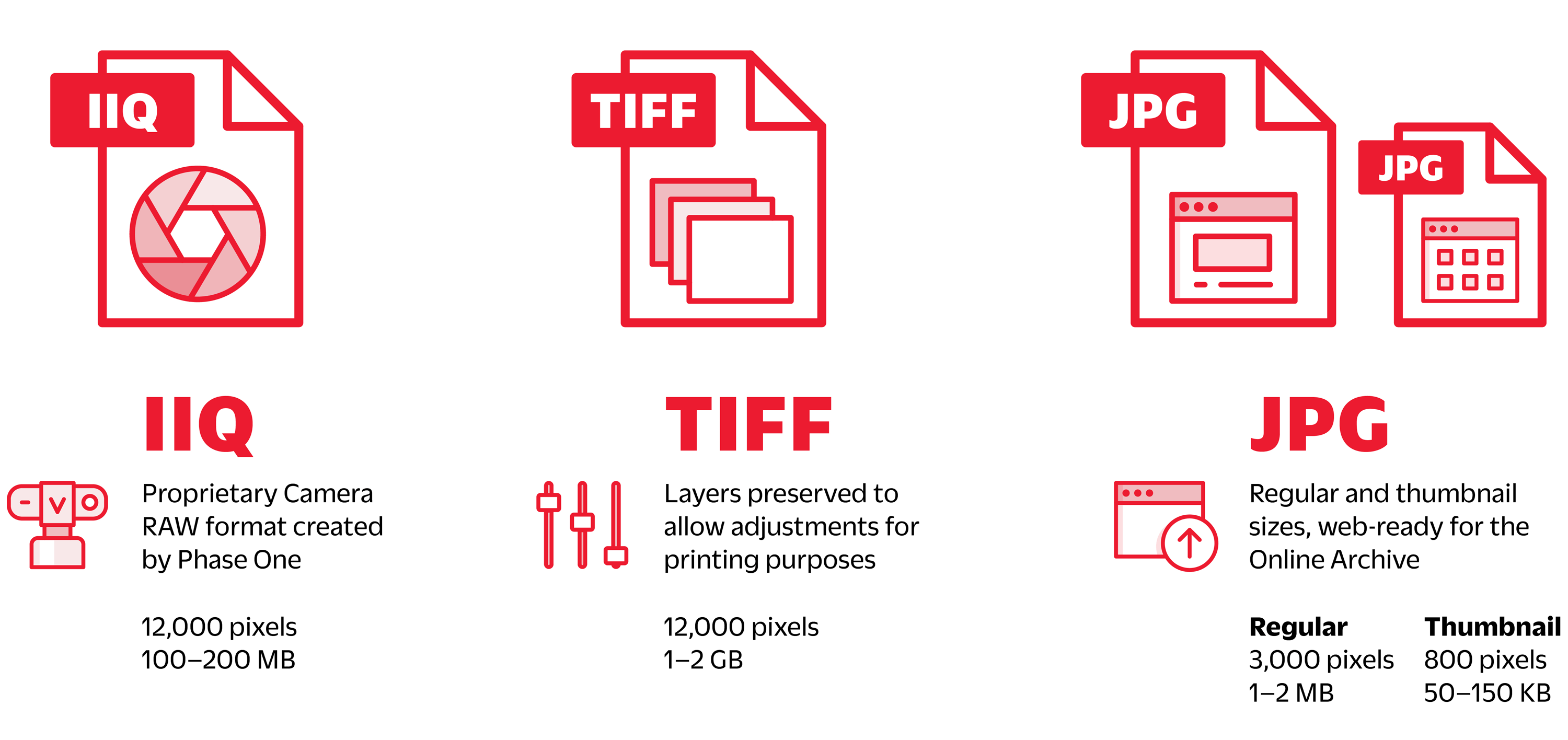
Three main image formats are part of our standard digitization workflow, each optimized for a different use case. Our original source images, for example, are quite different from the images we display in the Online Archive. Objects are first photographed in a RAW format specific to the Phase One camera system. The results are then exported and processed as TIFFs, with layers preserved to allow for color correction and other adjustments for future printing or publishing purposes. The processed TIFFs are cropped and output as web-ready JPEGs in two different sizes (thumbnails and regular size) for viewing on the Online Archive.
A Few Images from the Archive Photo Studio
See more in the Online Archive
Our digitization program is ongoing and a constant work in progress. Ultimately, we aim to make everything in the Archive digitally accessible (as copyright permits), but as the collection grows, so too does the digitization workload. We’ve captured about 1,500 objects of over 60,000 in the complete collection, so the task is daunting. What we can do depends on you! Join or donate today to support this initiative.
— April Harper, Digitization Librarian


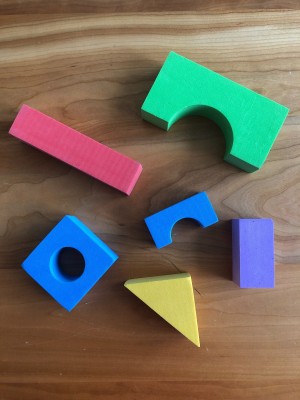
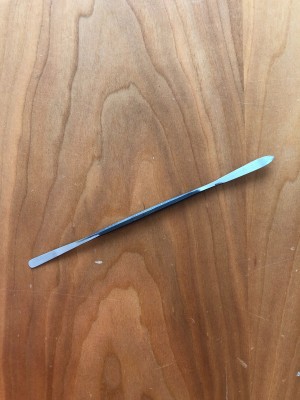

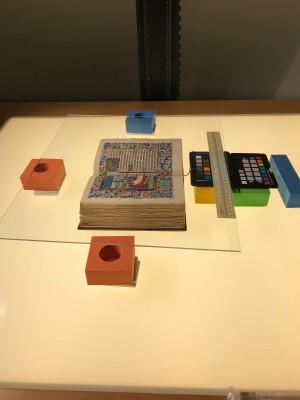
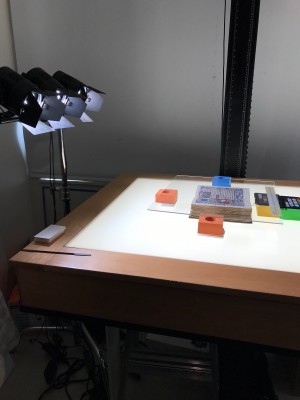
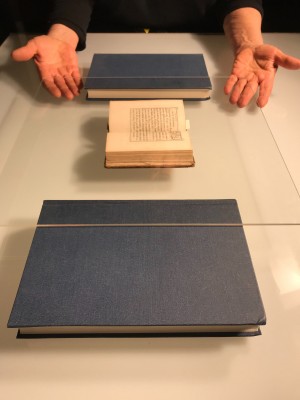
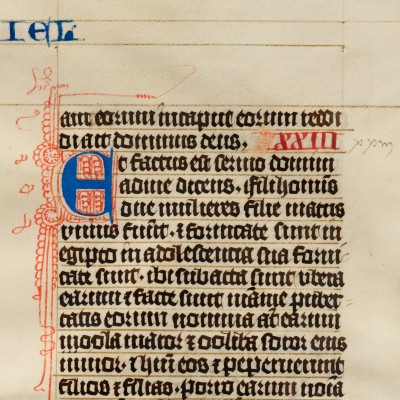

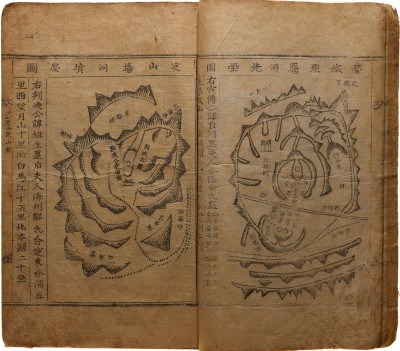
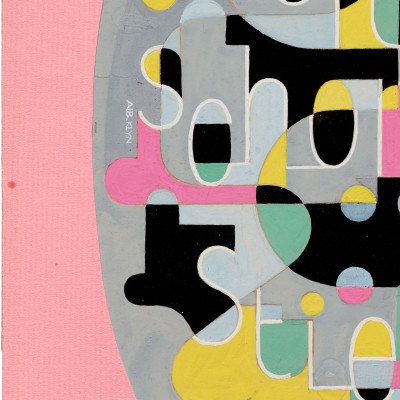
-for-8-x-11-cm-beverage-label,-ca.-1920_.jpg)

